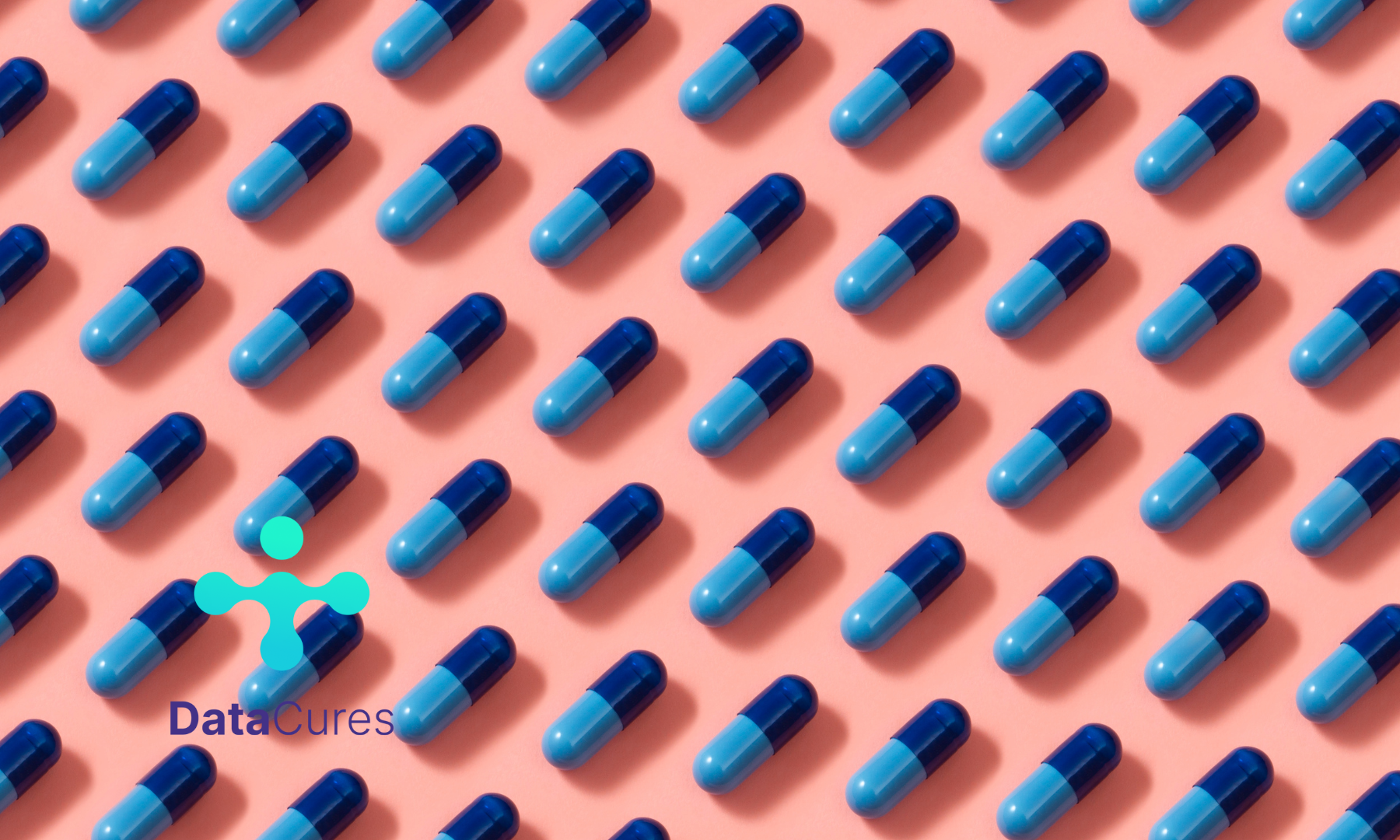
While the world is still recovering from the Covid-19 pandemic, another health crisis is looming, antibiotic resistance. It’s hard to imagine today that a single scratch can turn into a life-threatening disease, but that may become the case in the near future.
Drug-resistant superbugs pose a serious threat to world health. The World Health Organization estimates that approximately 1.27 million people died from antimicrobial resistance (AMR) in 2019, and by 2050, that number may rise to 10 million.
Employing data analytics and artificial intelligence (AI) in innovative ways may offer hope in the fight against antibiotic resistance.
The race against antibiotic resistance
As a global health issue, antibiotic resistance is not a new hazard. It occurs when bacteria develop the ability to defeat the drugs designed to kill them. This can lead to hard-to-treat infections and potentially fatal outcomes.
To combat the crisis, governments and organizations around the world are developing policies to reduce the use and overuse of antibiotics. These policies include promoting the responsible use of antibiotics, increasing access to new treatments, and improving surveillance systems for monitoring drug-resistant bacteria. The impact has been minimal so far.
First of all, what is antibiotic resistance?
Antimicrobial resistance (AMR) is a natural process that occurs when bacteria develop defences against the antibiotics designed to inhibit them. This can happen when bacteria change in response to the use of antibiotics, making them resistant to the treatment drug. Over time, antibiotic resistance dramatically limits the effectiveness of antibiotic treatment. Furthermore, it increases the risk of infection and the spread of antibiotic-resistant bacteria.
It’s not enough to avoid taking antibiotics as an individual to reduce personal risks. Microbes resistant to antibiotics can spread from person to person and may cause untreatable infections.
Why is Antimicrobial Resistance (AMR) a persistent problem?
Antimicrobial resistance (AMR) is a global concern because it threatens our ability to treat common infections effectively, making it a top threat to public health. Each year, at least 700,000 people die from drug-resistant infections of common bacterial strains, HIV, TB, and malaria, but in fact, all classes of microbes can develop resistance.
The fact that clinicians are running out of options for treating many bacterial infections is one of the main worries associated with antibiotic resistance. In the 1980s, the last truly novel class of antibiotics was found. Since then, antibiotic research has halted, resulting in a period of time known as the “discovery void”, where no new antibiotics have entered the market in the last 35 years.
The emergence and spread of drug-resistant pathogens have been caused by several factors, including misuse and overuse of antibiotics in healthcare, animal production and agriculture.
The global consumption of veterinary antibiotics was estimated to be 160,000 tons in 2020. This number is predicted to rise to 200,000 tons by 2030 despite the World Health Organisation (WHO) recommendations suggesting that farmers should stop using antibiotics routinely. In the US, 80% of total antibiotics consumption went to the animal industry, showing grounds for concern.
Undoubtedly, the global phenomenon requires urgent action from governments and other stakeholders to prevent the further spread of AMR.
Beyond government policies, recent technology advancements could also help to halt the spread of AMR.
Data analytics can help
Data analytics became an invaluable asset in many areas of modern healthcare science. From predicting disease progression and treatment outcomes to improving the quality of life of patients, many cases have surfaced from data analytical solutions. The spread of antimicrobial resistance is another battle health data can come to the rescue.
Data-driven analysis of antimicrobial resistance can help identify patterns in the spread of drug-resistant bacteria, allowing researchers to better understand antibiotic resistance mechanisms and develop strategies to reduce its prevalence.
Here are a few practical applications of data analytics in the fight against AMR.
- Data analytics methods can provide insights into the prevalence and spread of drug-resistant bacteria. It is extremely useful when setting up a treatment plan for a high-risk patient. For example, artificial intelligence (AI) tools such as the Diarrheal Etiology Prediction (DEP) algorithm can be used to estimate the probability of a patient having a bacterial infection.
- Data-sharing initiatives can also provide researchers with access to real-time data on antibiotic usage and multi-drug resistance trends, which can inform decisions about antibiotic prescribing.
- Health IT and data analytics can help clinicians identify patients at risk of developing drug-resistant infections and provide alternative treatments.
- Finally, in the animal sector, data connectivity is a way to monitor vaccination rates in order to reduce overall antibiotic usage. With this, clinical treatments and daily dosage levels are captured and the data can demonstrate farmers’ compliance with the regulations.
Antimicrobial resistance is a particularly complex and multifaceted problem that extends far beyond the realm of microbiology.
By using these data-driven approaches, researchers can better understand how antibiotic resistance works and develop new strategies for combating it.
However, to properly address this issue, researchers must understand policy enforcement and address important ethical issues such as privacy.
The future of data analytics and antibiotic resistance
Artificial intelligence (AI) is being explored as a potential tool for managing antibiotic resistance. Risk assessment techniques are being used to model future antibacterial resistance, and research is being conducted to understand the mechanisms of antimicrobial resistance.
Besides, data is being collected and reported in real-time to track antibiotic resistance rates among different pathogens. AI is also being explored as a potential solution to combat emerging outbreaks of antibiotic-resistant bacteria.
Overall, AI has the potential to be a powerful tool in the fight against antibiotic resistance. It can be used to understand better the mechanisms of antimicrobial resistance, model future antibacterial resistance, and track antibiotic resistance rates. AI can also help identify new treatments for bacterial infections and develop strategies for preventing the spread of antibiotic-resistant bacteria.
The looming crisis of antibiotic resistance needs to be addressed to save millions of lives.
Applying AI and data analytics to combat the growing global threat is still in its infancy but it offers promising solutions. Novel technologies can be game-changers by enabling rapid and accurate detection of resistance, favouring improved antibiotic use. AI can also identify powerful new drugs that can kill many species of antibiotic-resistant bacteria. Additionally, AI technology is being utilized in AMR by using predictive AMR models and the rational use of antibiotics.
The use cases are encouraging, but strict government policy implementations are lagging behind. Without local and regional law enforcement, data science in this space might face strong headwinds.
Would you like to get the latest data-driven healthcare news in your mailbox? Sign up for our newsletter here.



